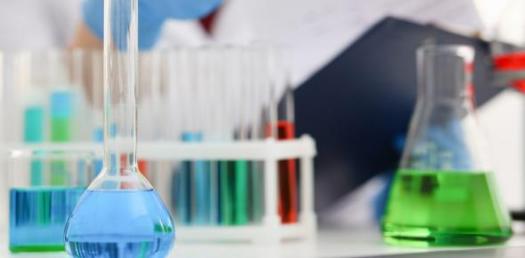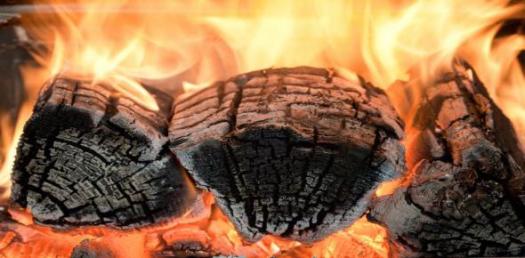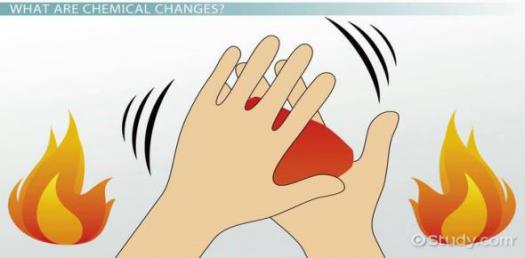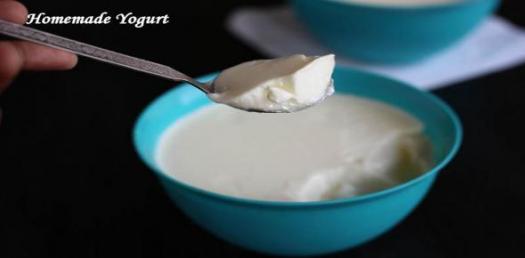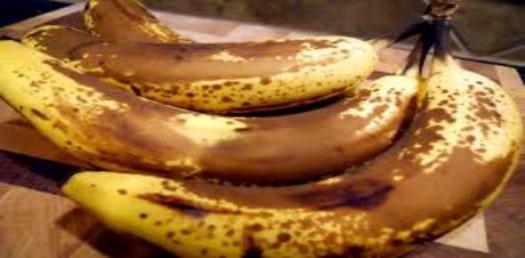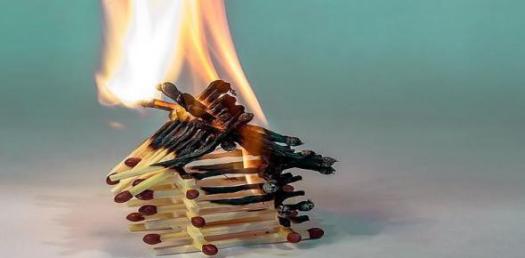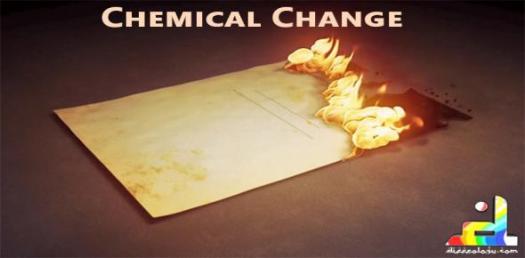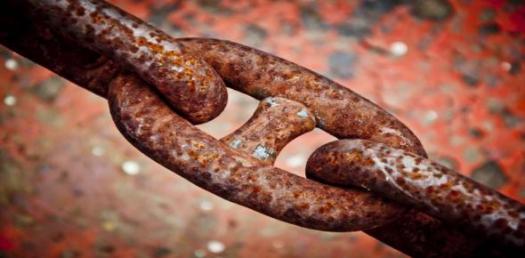Chemistry Quiz On Chemical Changes! Trivia

Chemical Changes occur as a result of combination of two substances through chemical reactions to form new substances. These changes occur after there is a reaction which may gives out heat or absorb heat. Chemical change exists in many ways which are seen or detected during daily activities. Take this quiz on Chemical changes!
- 1.
Which of these is the reaction where heat is absorbed?
- A.
Endothermic reaction
- B.
Exothermic reaction
- C.
Reversible reaction
- D.
Catalytic reaction
Correct Answer
A. Endothermic reactionExplanation
An endothermic reaction is a chemical reaction that absorbs heat from its surroundings. In this type of reaction, the energy of the products is greater than the energy of the reactants, resulting in the absorption of heat. This causes the surroundings to cool down as the reaction proceeds.Rate this question:
-
- 2.
Which of these is not a physical process?
- A.
Fractional distillation
- B.
Filtration
- C.
Decantation
- D.
Sieving
Correct Answer
A. Fractional distillationExplanation
Fractional distillation is not a physical process because it involves the separation of a mixture based on the differences in boiling points of its components. It requires heating the mixture and collecting the vapor that is produced at different temperatures. This process is a form of distillation, which is a chemical process rather than a physical one. Physical processes involve changes in physical properties such as size, shape, or state of matter, while chemical processes involve changes in chemical composition.Rate this question:
-
- 3.
What is the measurement of temperature?
- A.
Kelvin
- B.
Minutes
- C.
Ohm
- D.
Second
Correct Answer
A. KelvinExplanation
Kelvin is the correct answer because it is the unit of measurement for temperature in the International System of Units (SI). It is based on the absolute zero point, which is the lowest possible temperature at which all molecular motion ceases. The Kelvin scale is commonly used in scientific and engineering applications where precise temperature measurements are required.Rate this question:
-
- 4.
Which of these is true about Chemical change?
- A.
It requires heat always
- B.
No substance formed
- C.
Easily reversible
- D.
Not easily reversible
Correct Answer
D. Not easily reversibleExplanation
Chemical change refers to a process in which substances undergo a transformation, resulting in the formation of new substances with different properties. Unlike physical changes, chemical changes are not easily reversible because they involve the breaking and forming of chemical bonds. Once a chemical change occurs, it is difficult to revert the substances back to their original form, making the statement "Not easily reversible" true.Rate this question:
-
- 5.
Which of these is odd?
- A.
Burning of paper
- B.
Rusting of metals
- C.
Decomposition of substance
- D.
Filtration
Correct Answer
D. FiltrationExplanation
Filtration is the odd one out in this group because it is the only process that involves the separation of solid particles from a liquid or gas by passing it through a porous material. Burning of paper, rusting of metals, and decomposition of substances all involve chemical reactions or breakdown of materials, whereas filtration is a physical process of separating particles based on their size or solubility.Rate this question:
-
- 6.
What process occurs during the production of yogurt?
- A.
Fermentation
- B.
Distillation
- C.
Crystallisation
- D.
Decantation
Correct Answer
A. FermentationExplanation
During the production of yogurt, the process that occurs is fermentation. Fermentation is a metabolic process where microorganisms, such as bacteria or yeast, convert sugars into other compounds, such as acids or alcohol, in the absence of oxygen. In the case of yogurt production, specific strains of bacteria, such as Lactobacillus bulgaricus and Streptococcus thermophilus, are added to milk. These bacteria ferment the lactose in the milk, converting it into lactic acid. This process gives yogurt its characteristic tangy taste and thick texture.Rate this question:
-
- 7.
Which one do you like?
- A.
Option 1
- B.
Option 2
- C.
Option 3
- D.
Option 4
Correct Answer
A. Option 1 -
- 8.
Which of these is not involved in acid/base reaction?
- A.
Base
- B.
Acid
- C.
Water
- D.
Hydrocarbon
Correct Answer
D. HydrocarbonExplanation
Hydrocarbons are organic compounds composed of only carbon and hydrogen atoms. They do not have the ability to donate or accept protons, which is a characteristic of acids and bases involved in acid/base reactions. Therefore, hydrocarbons are not involved in acid/base reactions.Rate this question:
-
- 9.
Which of these is not a constituent of Sodium hydroxide?
- A.
Hydrogen
- B.
Sodium
- C.
Oxygen
- D.
Calcium
Correct Answer
D. CalciumExplanation
Calcium is not a constituent of Sodium hydroxide. Sodium hydroxide is composed of Sodium, Hydrogen, and Oxygen atoms. Calcium is not present in the chemical formula of Sodium hydroxide, which is NaOH.Rate this question:
-
- 10.
Which of these causes rusting of metals?
- A.
Nitrogen
- B.
Oxygen
- C.
Calcium
- D.
Hydrogen
Correct Answer
B. OxygenExplanation
Oxygen causes rusting of metals because it reacts with the metal surface and forms metal oxides. This reaction, known as oxidation, occurs when oxygen molecules come into contact with moisture on the metal, leading to the formation of rust. Oxygen is highly reactive and readily combines with metal atoms, causing them to corrode and deteriorate over time.Rate this question:
-
Quiz Review Timeline +
Our quizzes are rigorously reviewed, monitored and continuously updated by our expert board to maintain accuracy, relevance, and timeliness.
-
Current Version
-
Mar 22, 2023Quiz Edited by
ProProfs Editorial Team -
Jun 17, 2019Quiz Created by
Gregorynaomi
 Back to top
Back to top



